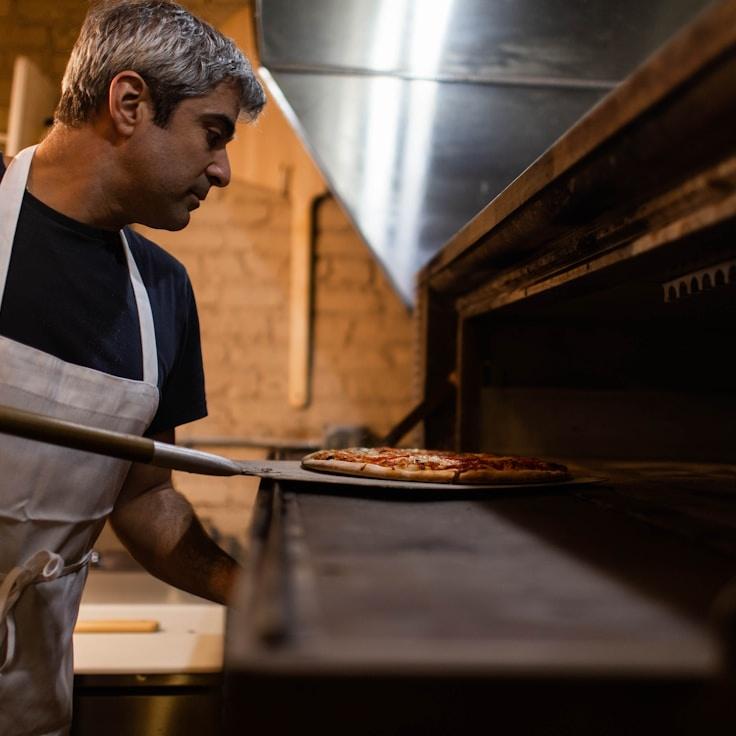Here at SilverDuneVista, we're firm believers that outstanding pizza begins with the dough's quality. With over thirty years spent refining our recipe, we are thrilled to divulge a few coveted tips. Although our exact blend remains our little secret, these cornerstone guidelines will empower you to produce pizzeria-level pizza dough within the comforts of your own kitchen.
Choosing the Right Flour
The key to excellent pizza dough is selecting premium flour. 00 flour is our top pick—it's a finely milled Italian variety with a moderate protein level (about 12%), which yields the ideal mix of elasticity and softness. In case 00 flour eludes you, bread flour stands as a sturdy alternative, but expect a marginally altered texture.
The Role of Water: Temperature and Ratio
The water's temperature is crucial; it dictates the time needed for fermentation and affects how the dough matures. Opt for cold water, approximately 45°F (7°C), to foster slow fermentation and enhance taste. For a faster rise, warmer water around 85°F (29°C) will do the job. Aim for a hydration ratio (the amount of water to flour) of 60-70% to suit most domestic ovens.
Yeast Proportions and Fermenting Time
A key to full-bodied dough is using minimal yeast while giving it ample time to ferment. Our recipe calls for just 0.2% fresh yeast concerning the flour's weight, with fermentation periods spanning 24 to 48 hours. This sluggish fermentation pace unlocks a spectrum of flavors and makes the dough more digestible.
Salt—Beyond Taste
Salt is not merely for enhancing flavor—it also fortifies the gluten matrix and moderates yeast activity. Our recommendation is to integrate fine sea salt at a rate of 2.5-3% relative to the flour volume. Be sure to mix it after the flour and water have begun to amalgamate, keeping it from making direct contact with the yeast.
The Fermentation Artistry
Post-mixing, let your dough undergo an initial bulk fermentation at ambient temperature for about 2 hours, then separate it into individual portions. Shift these into sealed containers and chill them from 24 up to 72 hours. It's within this cold fermentation phase that the enzymes work their magic, breaking starches into sugars which not only flavor the dough but also contribute to the crust's characteristic browning.
Gentle Dough Handling
When it comes time to actually prepare your pizza, take the dough out of the refrigerator 1 to 2 hours beforehand to warm it. Handle it with care to maintain the bubbles that have developed—use your hands to delicately press and stretch the dough, avoiding rolling, which deflates these air pockets.
Topping it Off with Heat
Though our wood-burning ovens reach an impressive 850°F (454°C), residential ovens typically max out near 550°F (288°C). To compensate, we suggest preheating a pizza stone or steel for a minimum of one hour. This ensures the intense bottom heat necessary for a crust that's perfectly crisp on the outside and pillowy inside.
Honing the craft of pizza dough is a continual learning experience, where every attempt teaches you more about the subtleties. We encourage you to keep a journal of your efforts, tweak different variables, and find what's most effective in your distinct kitchen conditions.
For a glimpse into how we craft our dough, consider attending one of the monthly pizza-making workshops where Chef Luca imparts these techniques in greater detail. Visit our events page for upcoming workshop dates!

